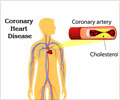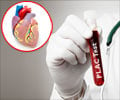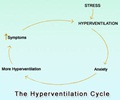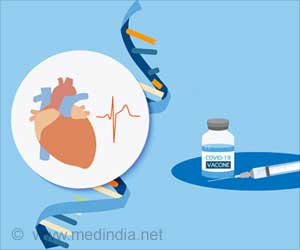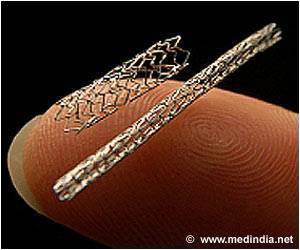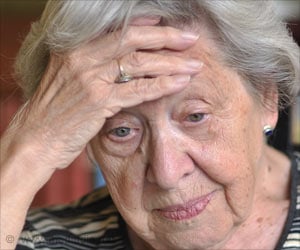The British Heart Foundation is warning people that heart attacks don’t really happen the way they’re shown on TV and in films.
The British Heart Foundation is warning people that heart attacks don’t really happen the way they’re shown on TV and in films. The images of people clutching their chests and writhing in pain are all fabrication.
The truth is- heart attack symptoms are a lot more understated and the symptoms are entirely different. But, the visual entertainment media are only fooling people.
According to the foundation, the signs can be subtler, and nearly 20 per cent are ignorant of the actual symptoms.
"We need to get the message out that heart attacks on the screen aren’t what people experience," the Mirror quoted Director of policy Betty McBride as saying.
The heart attack symptoms include chest pain or pain spreading to the arms, neck and jaw.
The patient also feels sick or sweaty, out of breath, light-headed, and dizzy.
People with symptoms wait on average 90 minutes before calling 999, and if treated four to six hours later, are twice as likely to die as those seen within two hours.
Source-ANI
TAN/S
 MEDINDIA
MEDINDIA
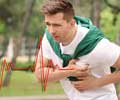
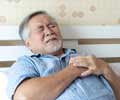

 Email
Email


